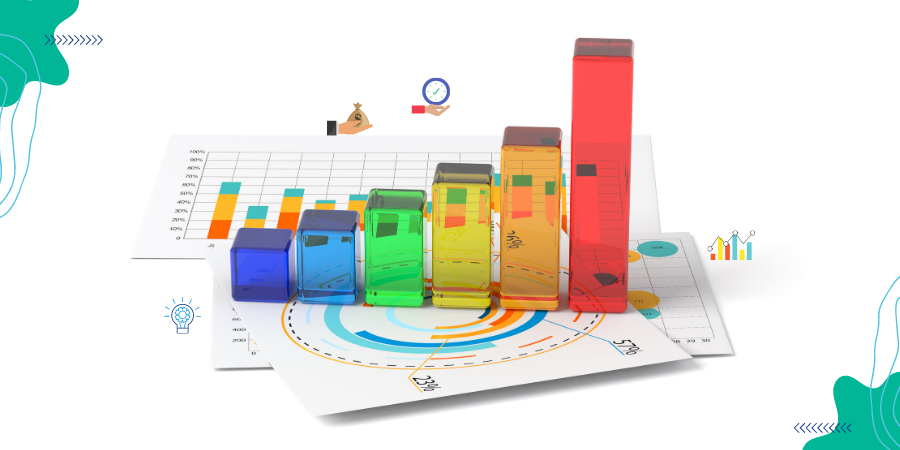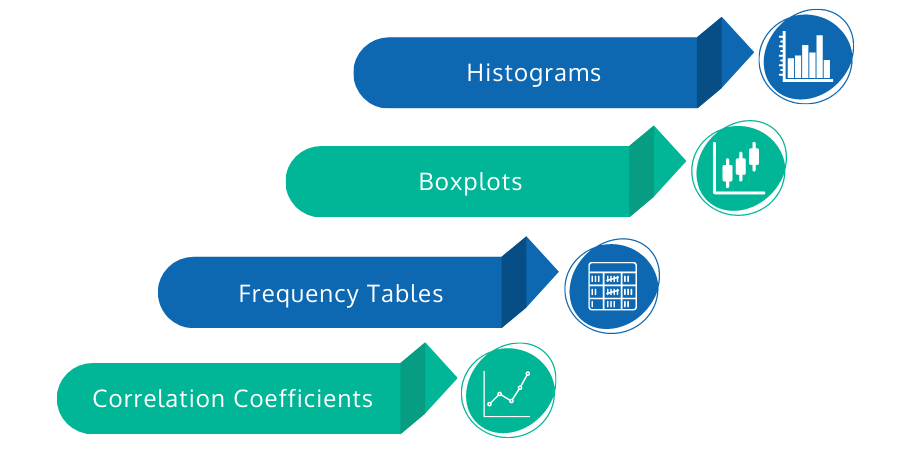
You must identify and target the right people to ensure your marketing efforts are effective. When trying to target your marketing campaigns, you can take action to differentiate between potential customers and irrelevant ones. But how do you do this? One method is to use data profiling. Data profiling is analyzing data to learn about individuals or groups. This information can be used to target marketing campaigns more effectively and save you time and money. In this blog article, we will look at data profiling and why it’s so important for marketing campaigns. We will also provide an example of how data profiling can be used to target your audience better.
Data Profiling and its Types
Data profiling is a process whereby the personal information of individuals is collected and used for purposes other than those for which it was intended. This can include objectives such as marketing, research, or administrative functions.
The different types of data profiling include descriptive profiling, predictive analytics, and prescriptive analytics.
- Descriptive profiling is the first step in data profiling. It can help you understand how the data behaves, who uses it, and what trends exist. The descriptive analysis enables you to answer these questions: who are your customers? What are their demographics? What products and services do they use?
- Predictive analytics is the next step in data profiling and focuses on predicting future events or behaviors from the data set. Predictive models can be used to identify customer churn rates, indicate demand for new products or services, or forecast product inventory levels.
- Prescriptive analytics is a final step in data profiling and guides how to use the data for improving operations. Prescriptive models can suggest ways to optimize processes or suggest changes to the business strategy based on user behavior patterns. Prescriptive analytics can also help you detect fraud before it occurs or recommends corrective action after an incident.
Processes in Which Data Profiling is Used
One of the most common uses for data profiling is in marketing. Data profiling can help identify which customers are more likely to buy a product or sign up for a service. It can also help companies determine the most popular features of their target market.
In the medical field, data profiling can be used to identify patients who are at risk for certain diseases, and in finance, it can help identify risky investments.
Data profiling can also be used in other areas of business. It can help determine how much resources a company should allocate toward producing a product or service. Data profiling can help managers plan future demand for certain products or services. This information can be used to improve products, target marketing campaigns, and allocate resources more efficiently.

Techniques Used for Data Profiling
A data profiling project is an essential undertaking for several reasons. It allows executives, managers, and analysts to identify key performance indicators (KPIs) associated with the organization’s goals. Moreover, it can help you identify areas where process improvement or new business development might be warranted.
Several techniques can be used to profile your data. The following is a brief overview of four commonly used methods:
- Histograms
- Boxplots
- Frequency Tables
- Correlation Coefficients
Pros of Data Profiling
There are many pros to data profiling, which can help your business improve its efficiency and performance, including the ability to:
- Identify areas where improvement is needed.
- Improve decision-making.
- Predict future trends.
- Assess current performance levels.
- Mitigate risk factors associated with business operations.
- Optimize processes and systems.
Ways of Data Profiling
- One approach is to use open-source tools that are freely available online. These tools allow you to extract information from your data without learning complex programming languages.
- Another approach is using commercially available software programs designed specifically for data profiling.
Challenges Faced by Data Profiling
- The first challenge is that it can be difficult to get a good understanding of the data can be difficult without proper profiling. The data can be voluminous and complex, making it challenging to extract meaningful insights from it.
- Another challenge is that data profiling can require significant time and effort to carry out. This may be due to the need for comprehensive data analysis or because gathering the necessary information may take time and effort.
- Finally, many organizations need help using data profiling findings in decision-making processes. This is because interpreting and utilizing data profiling results often requires considerable knowledge and expertise in business and analytical disciplines.

 Batoi Corporate Office
Batoi Corporate Office